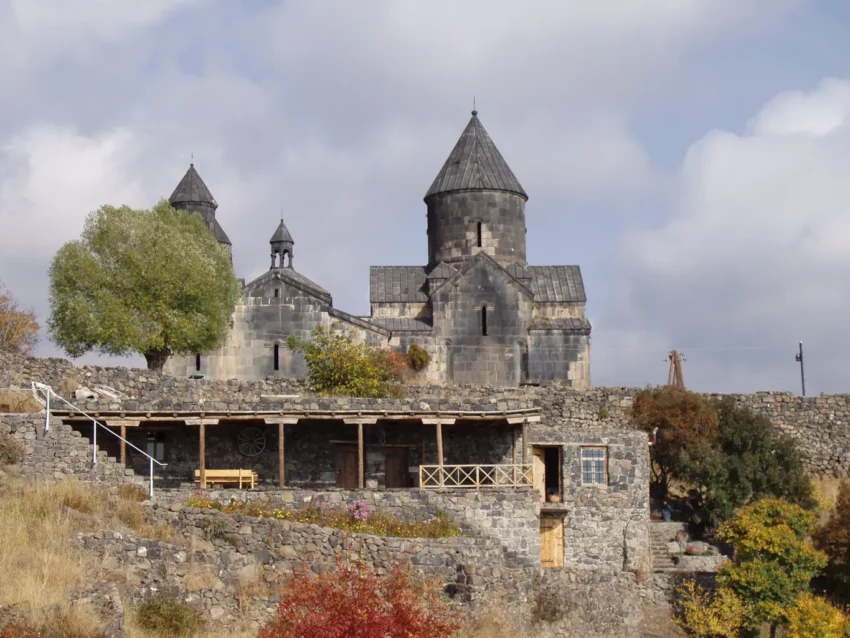Tegher Monastery: An Architectural and Historical Analysis
Tegher Monastery, located in Armenia, stands as a significant example of medieval Armenian architecture. Built in the 13th century AD, it offers insights into the religious and cultural history of the region. This blog post aims to provide a comprehensive analysis of Tegher Monastery, focusing on its historical context, architectural features, and cultural significance.
Get your dose of History via Email
Historical Context
Tegher Monastery was constructed in 1213 AD during the reign of the Zakarian dynasty. The Zakarians, a noble Armenian family, played a crucial role in the political and cultural revival of Armenia during the medieval period. The monastery was commissioned by Princess Khatun, the wife of Prince Vache Vachutian. This period marked a time of relative stability and prosperity, allowing for the construction of significant religious and cultural monuments.
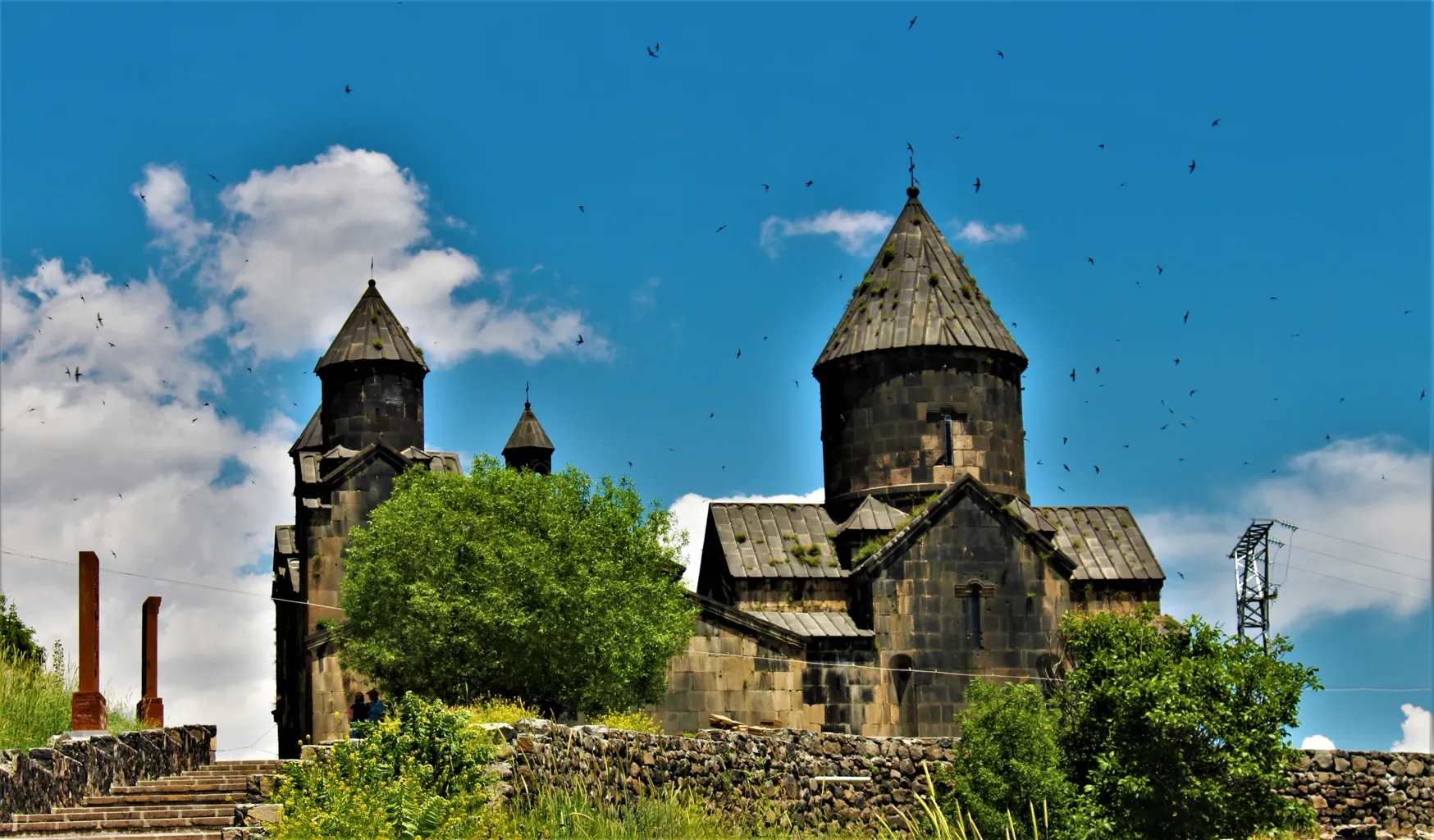
Architectural Features
Tegher Monastery exemplifies the architectural style of medieval Armenia. The complex includes a main church, a gavit (narthex), and several auxiliary buildings. The main church, dedicated to the Holy Mother of God, features a cruciform plan with a central dome. The use of dark basalt stone gives the structure a distinctive appearance.
Main Church
The main church’s cruciform plan is typical of Armenian ecclesiastical architecture. The central dome rests on a drum supported by pendentives, a common feature in Armenian churches. The interior walls are adorned with intricate carvings and inscriptions, reflecting the artistic skills of the period.
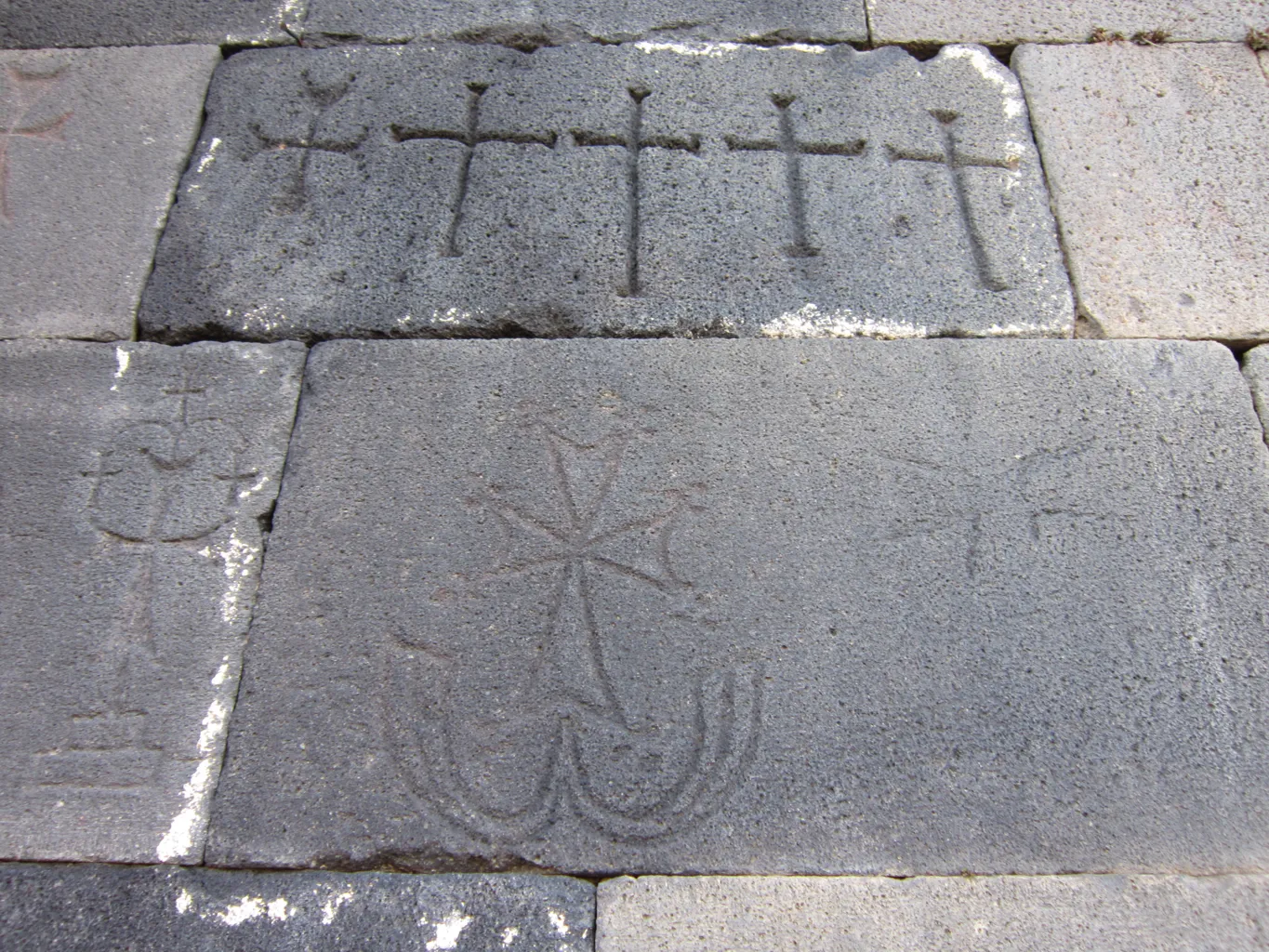
Gavit
The gavit, or narthex, serves as an antechamber to the main church. It is a square structure with a central dome supported by four columns. The gavit often functioned as a gathering place for the community and a venue for religious and educational activities.
Auxiliary Buildings
The monastery complex also includes several auxiliary buildings, such as a refectory and monks’ cells. These structures provided the necessary facilities for the monastic community to live and work.
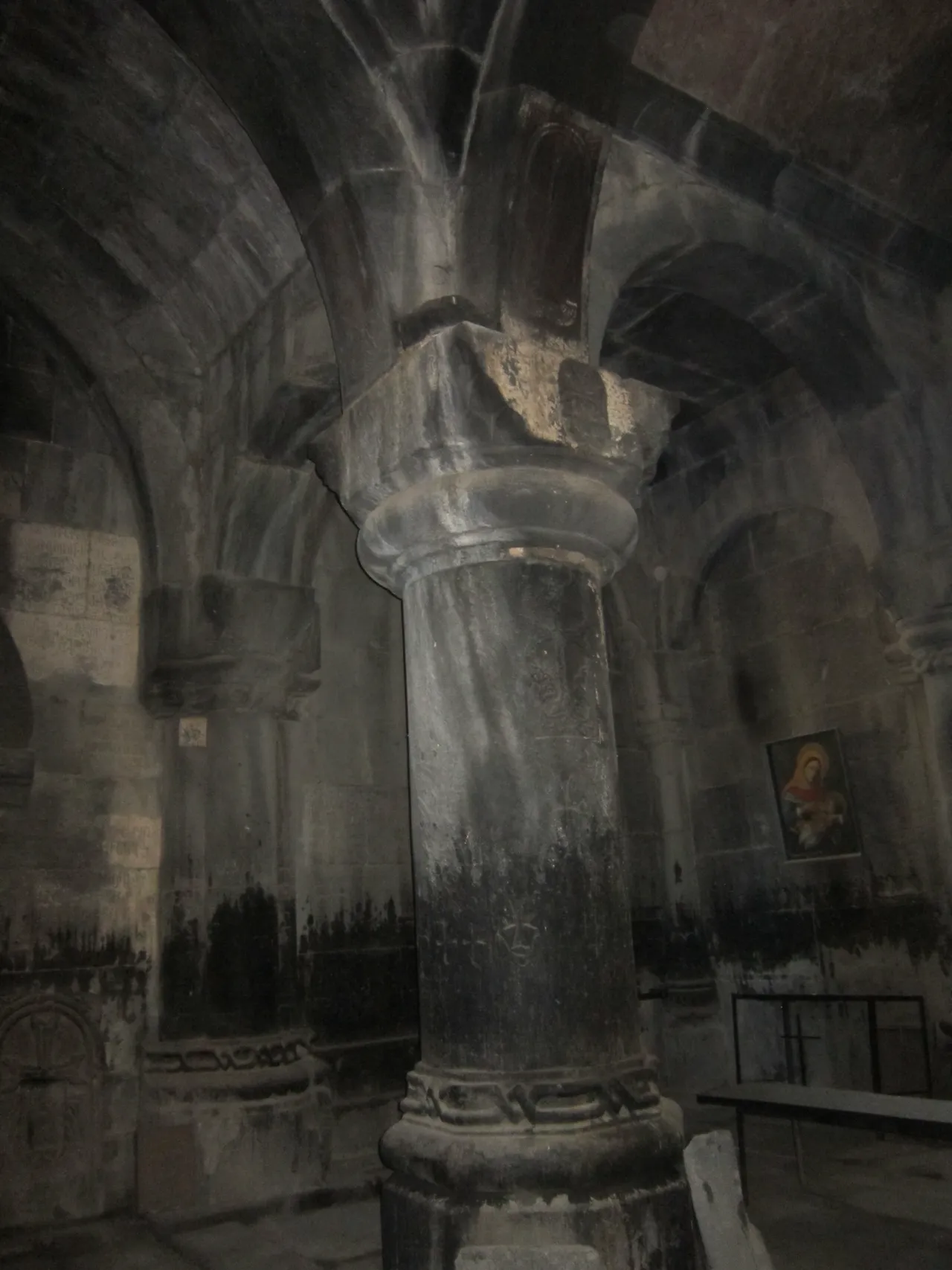
Cultural Significance
Tegher Monastery holds significant cultural and religious importance. It served as a center for religious education and manuscript production. The monastery’s scriptorium produced numerous manuscripts, contributing to the preservation and dissemination of Armenian literature and religious texts.
Religious Education
The monastery played a crucial role in religious education. Monks and scholars studied theology, philosophy, and the arts within its walls. This educational function helped sustain the intellectual and spiritual life of medieval Armenia.
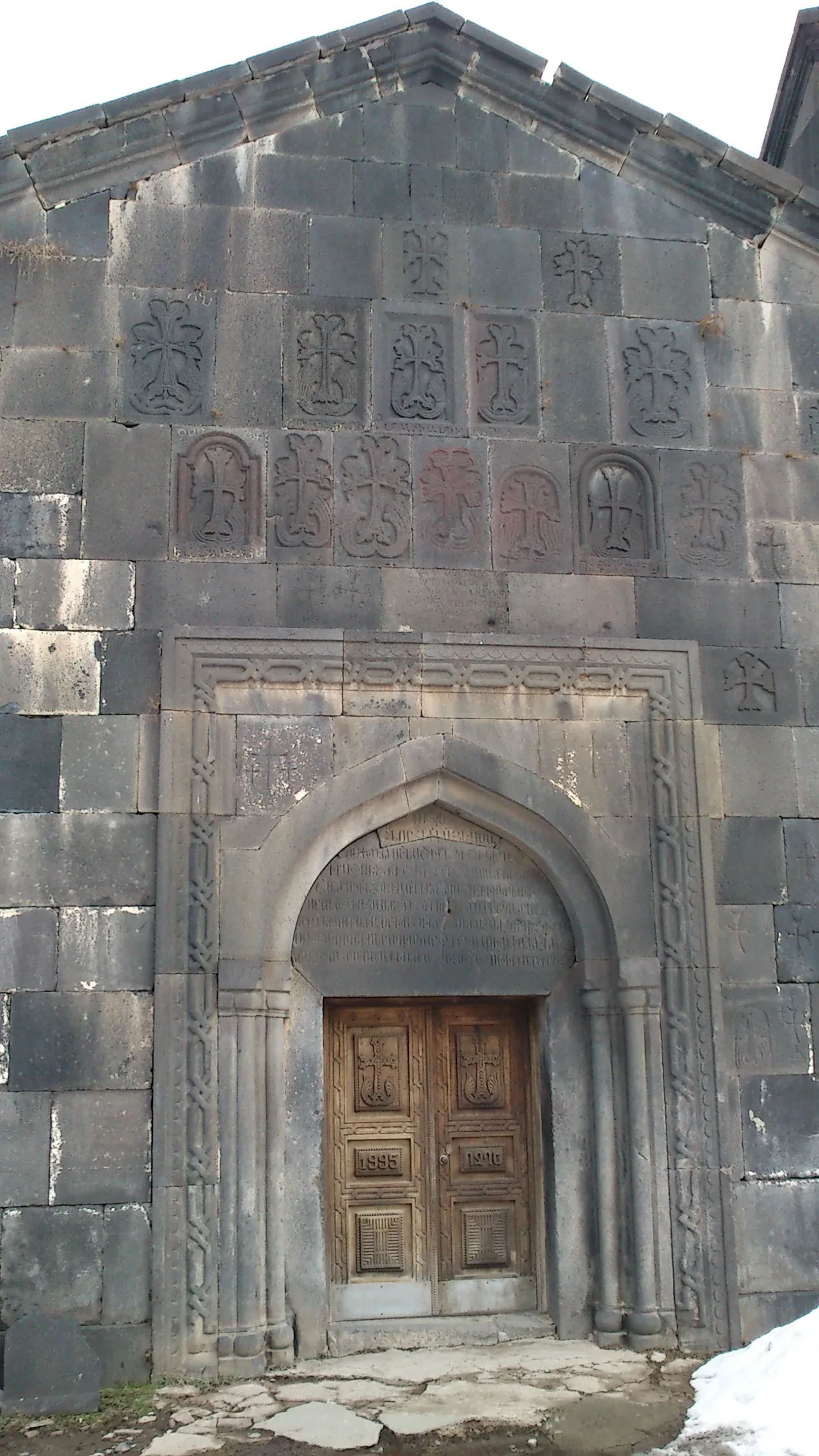
Manuscript Production
The scriptorium at Tegher Monastery produced many manuscripts, including religious texts, historical chronicles, and literary works. These manuscripts are valuable sources of information about medieval Armenian culture and history.
Conclusion
Tegher Monastery stands as a testament to the architectural, cultural, and religious achievements of medieval Armenia. Built in 1213 AD, it reflects the prosperity and stability of the Zakarian period. The monastery’s architectural features, including the main church, gavit, and auxiliary buildings, showcase the distinctive style of Armenian ecclesiastical architecture. Its role in religious education and manuscript production underscores its cultural significance. Tegher Monastery remains an important site for understanding the history and culture of medieval Armenia.
Sources:

